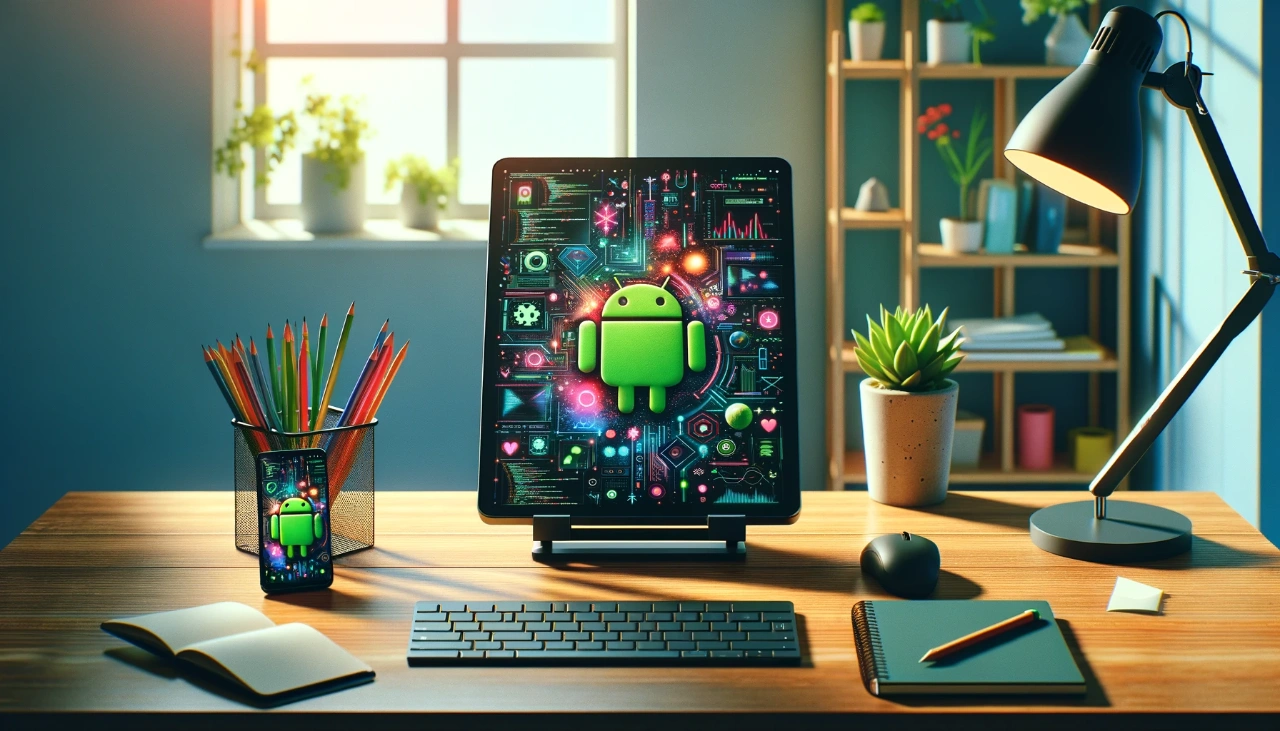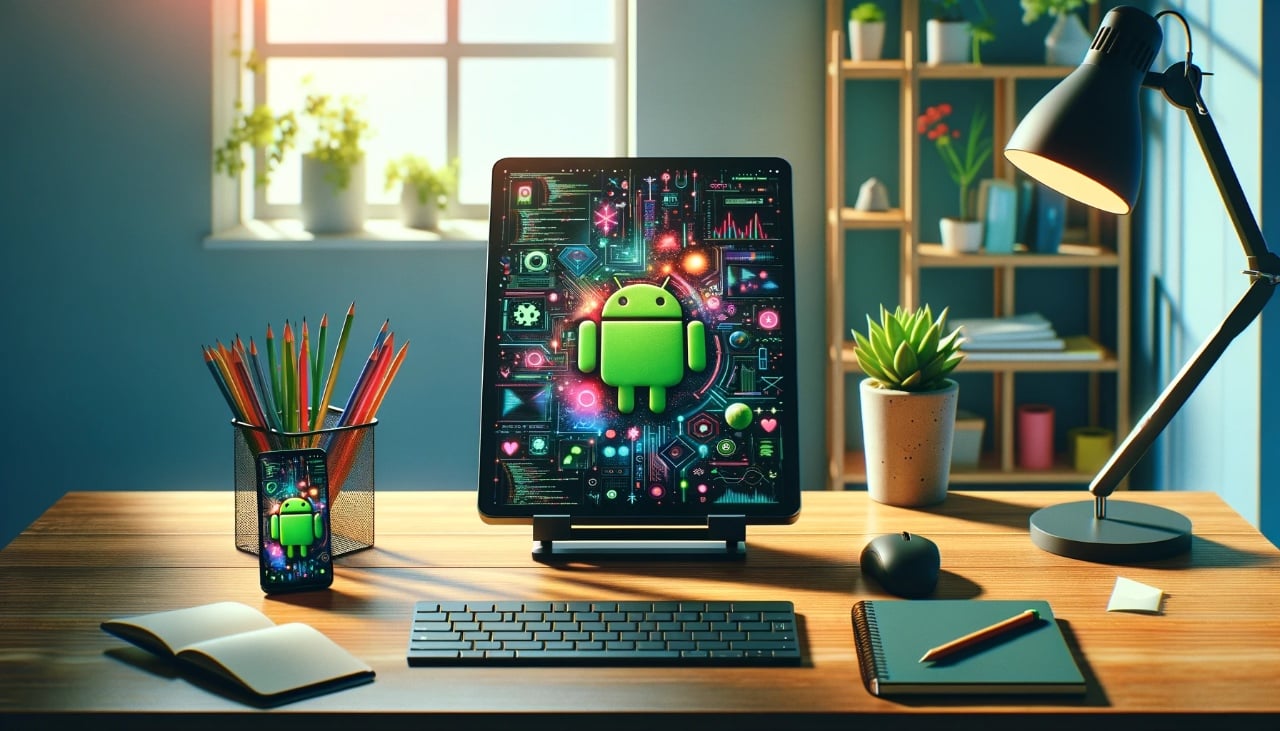
This guide is designed to show you how to easily find your downloaded files on your Android Phone or Tablet. In the digital age, downloading files has become an integral part of our daily lives. Whether it’s grabbing a new app, saving a document, or capturing a cherished memory, our Android devices serve as repositories of our digital assets. However, with a constant influx of downloaded content, it can become challenging to locate specific files when needed. Fear not, as this comprehensive guide will unravel the mysteries of file management on your Android device, empowering you to effortlessly track down your downloaded files.
Method 1: Utilizing the Default File Manager App
Most Android devices come equipped with a built-in file manager app, aptly named “Files” or “My Files.” This native app acts as a central hub for organizing and managing your device’s storage, including downloaded files.
1. Access the File Manager App:
Locate the file manager app on your device’s home screen or app drawer. It may be labeled as “Files” (Google Pixel), “My Files” (Samsung Galaxy), or have a generic folder icon.
2. Navigate to the Downloads Folder:
Once the file manager app is open, look for a section or category labeled “Downloads.” This folder typically houses all the files you have downloaded from various sources, including web browsers, apps, and email attachments.
3. Browse and Manage Downloaded Files:
Within the Downloads folder, you should see a list of your downloaded files. The list may be arranged chronologically, alphabetically, or by file type. You can further organize the files by creating subfolders or using the search function.
Method 2: Employing the Files by Google App
If your device lacks a native file manager app or you prefer a more streamlined experience, consider using the Files by Google app. This free app, developed by Google itself, offers a user-friendly interface and powerful file management capabilities.
1. Download and Install Files by Google:
Access the Google Play Store and search for “Files by Google.”
Install the app on your device and launch it once the installation is complete.
2. Locate Downloaded Files:
On the app’s home screen, tap on the “Browse” tab located at the bottom of the screen.
Under the “Browse” tab, you should see a section or category labeled “Downloads.” Tap on it to view your downloaded files.
3. Manage and Organize Downloaded Files:
Similar to the default file manager app, the Files by Google app allows you to manage your downloaded files. You can sort them by name, date, or size, and you can also create subfolders for better organization.
Additional Tips for Locating Downloaded Files:
- Check Web Browser Downloads: If you downloaded a file using a web browser, you can also access it directly from the browser’s download history.
- Utilize Third-Party File Managers: If the default file manager or Files by Google doesn’t meet your needs, consider exploring third-party file manager apps available on the Google Play Store.
- Use Search Functionality: Both the default file manager and Files by Google app offer search functionality, allowing you to quickly locate specific files by name or file type.
- Organize Files Regularly: To avoid clutter and make it easier to find files, develop a habit of organizing your downloaded files regularly. Create subfolders, use file tags, and delete unnecessary files.
In conclusion, finding downloaded files on your Android device is a straightforward process, whether you rely on the built-in file manager app or opt for a third-party solution. By following the methods outlined in this guide and employing the additional tips provided, you can effortlessly navigate your device’s storage and retrieve the files you need with ease. Remember, a well-organized file system not only enhances accessibility but also optimizes your device’s performance.
Filed Under: Android News, Guides
Latest timeswonderful Deals
Disclosure: Some of our articles include affiliate links. If you buy something through one of these links, timeswonderful may earn an affiliate commission. Learn about our Disclosure Policy.

